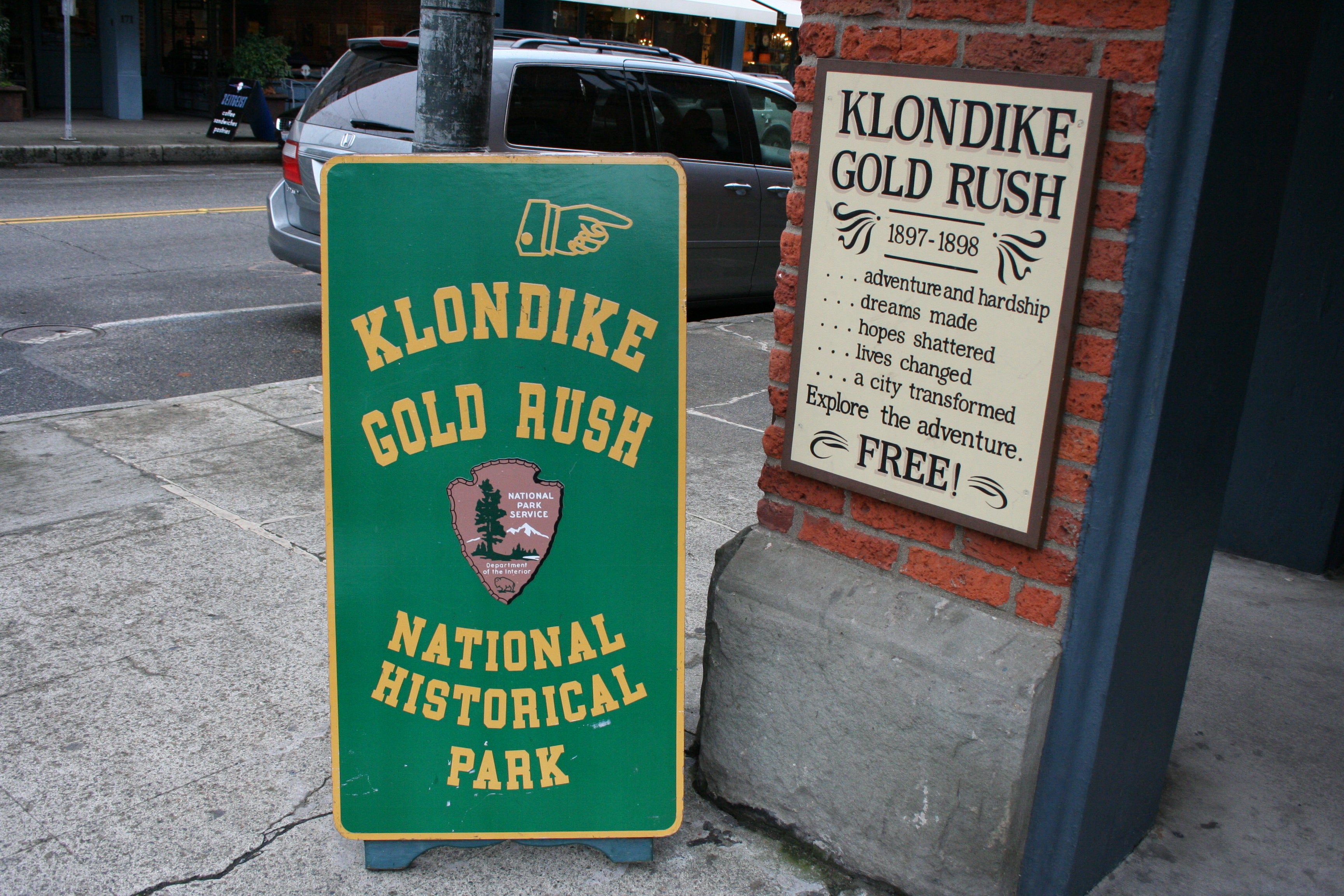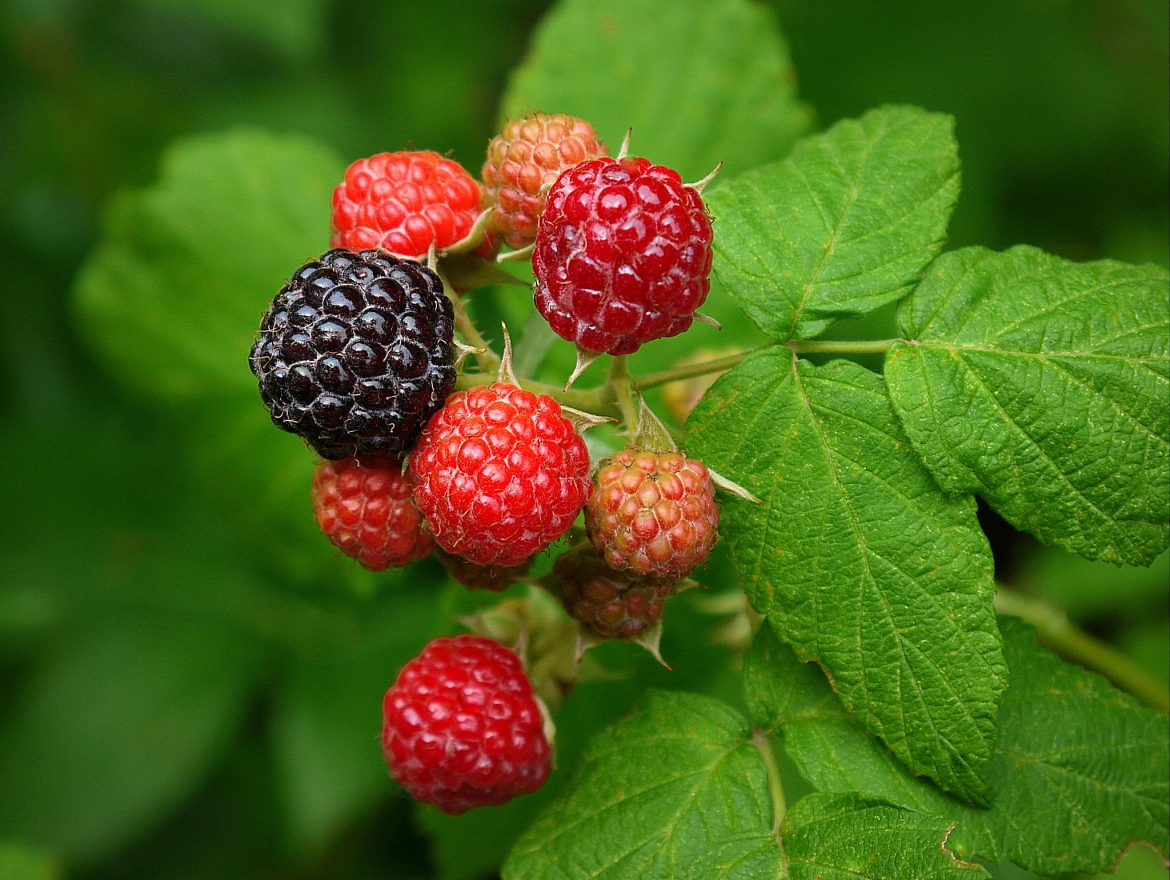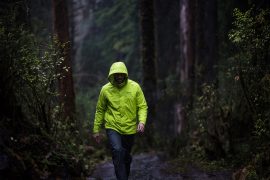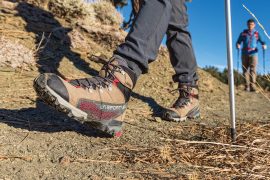
If I don’t have a field guide with me, how can I tell if a plant is safe to eat?
– Caleb Gordon, via email
Plan A: Stick with what you know. Odds are, you’re familiar with yard plants—clover, dandelions, and chickweed—and other common edibles.
Plan B is a song and dance we call the Universal Edibility Test. If you’re an impatient eater, beware: this is not a quick process.
First rule out known baddies like poison ivy, then wildcards like mushrooms, many of which can kill you in just one bite. About 95 percent of all other plants are at least partially edible, according to North Carolina foraging instructor and author Alan Muskat. Even so, don’t go munching willy-nilly without expert supervision unless you’re really starving.
Divide a plant into leaves, stems,…





